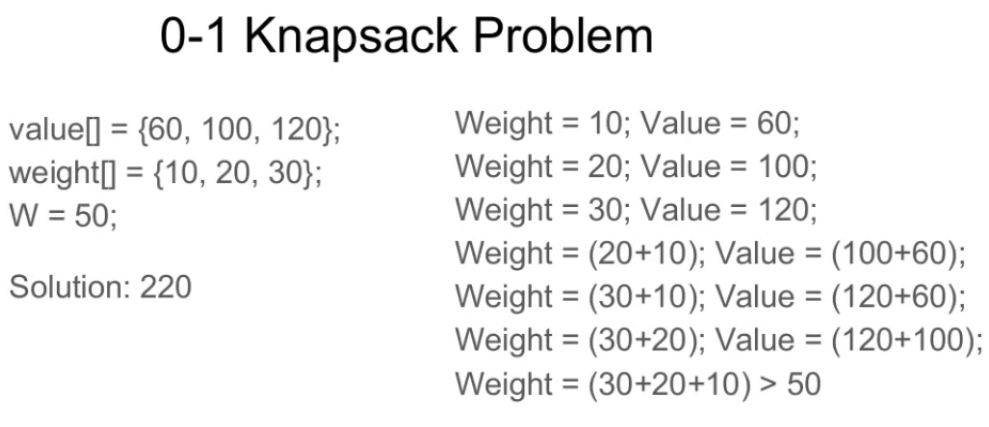

The second step is to develop the picking schedule using dynamic programming, which minimizes the total cost of picking.

The buds’ quality pattern is then used to determine the cost of decreasing buds’ quality and the costs of the buds that left in the plantation. The regression method is applied in this first step. The first step is to look for picking period and the pattern of buds’ quality for each plantation block, which corresponds to the altitude of the location and the pruning age. Two steps are implemented to solve the problem. This research is to determine the precise picking schedule by considering the buds’ growth of each plantation block. The implementation of the same picking schedule causes the quality and quantity of tea buds often could not be fulfilled. In fact, the altitude from sea level and the pruning age of each plantation block is different, this results in the difference of buds’ growth. The tea picking schedule at PT Perkebunan Ciater is set to be the same for all plantation blocks. This evaluation shows that the proposed methodology can be used for the attention of psychosocial risk factors in real companies’ cases. The proposed methodology is detailed using a case of study, and thirty instances of the Multidimensional Knapsack Problem are tested, and the results are interpreted under psychosocial risk problems to evaluate the simulated annealing algorithm’s performance (efficiency and efficacy) in solving these optimization problems. This subset is according to the budgets assigned for each of the company’s departments. Finally, since Multidimensional Knapsack Problem is NP-hard, one simulated annealing algorithm is applied to find a near-optimal subset of factors maximizing the psychosocial risk care level. This model represents the psychosocial risk optimization problem as a Multidimensional Knapsack Problem (MKP). Next, a mathematical model is built using the identified psychosocial risk factors information and the company budget for risk factors attention. This methodology can be summarized in three steps: First, psychosocial risk factors in the company are identified and weighted, applying several instruments recommended by business regulations. This scheme is based on selecting an optimal subset of psychosocial risk factors, considering the departments’ budget in a company as problem constraints. This paper presents a methodological scheme to obtain the maximum benefit in occupational health by attending to psychosocial risk factors in a company. Computational experiments substantiate the good performance of the proposed methods as they provide new best known values for 185 instances out of 360 in a very competitive running time. To better evaluate its performance, we generate a new testbed for the MKPS and we compare the results to exact solutions provided by a commercial solver. The computational results show that the proposed matheuristic is competitive compared with the state-of-the-art methods. We carry out a computational study to assess the performance of the proposed matheuristics on a set of instances from the Knapsack Problem with Setup (KPS) literature.

Furthermore, we enhance our solution approach combining it with tabu search.

The matheuristic takes advantage of the structure of the problem and the decomposition principle. We formally present a mixed-integer linear program of the MKPS and we propose a multi-level matheuristic to solve large size instances of the problem. Each item is characterized by a knapsack-dependent profit and each family is associated with a knapsack-dependent cost. In this paper we consider a generalized problem called the Multiple Knapsack Problem with Setup (MKPS) in which a set of families of items and a set of knapsacks are available. The knapsack problem is one of the most investigated and applicable combinatorial optimization problems.


 0 kommentar(er)
0 kommentar(er)
